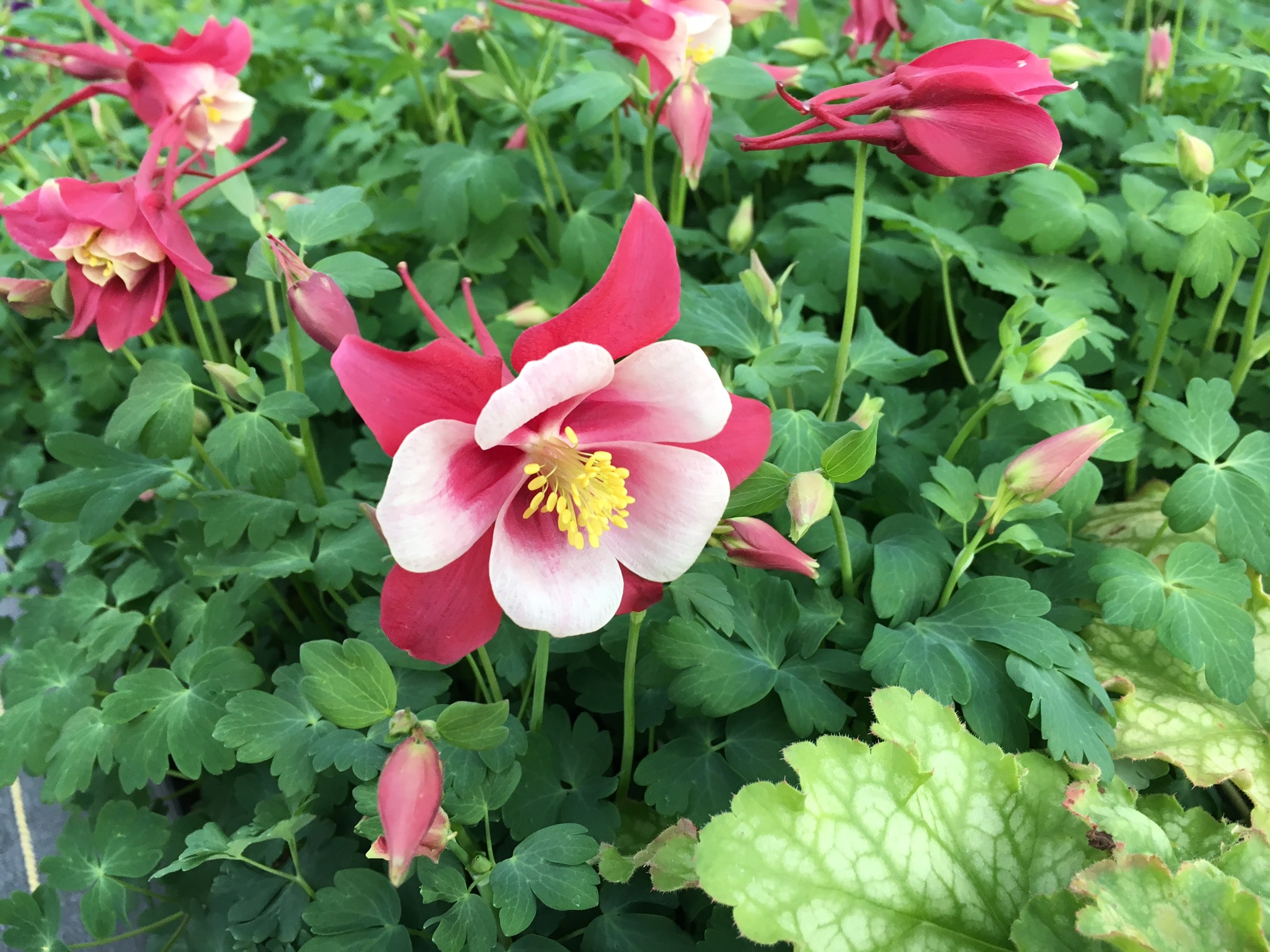If you live in the Denver metro area, you may ask yourself this question within the next couple of days because the weather forecast is predicting snow showers. We are now in the vernal season where the spring of the leaf, as it was so called in the 1520s, and many plants are beginning to show their leaves! This spring season truly is the season of rising or springing into existence. Interestingly, the word “season” comes from the Old French “seison,” meaning “sowing and/or planting,” which is an activity many of us pursue. Here is a question to ponder as you wait for the snow to melt and resume your ‘springing time’ chores, which season came first?
The first record of spring cleaning in the domestic sense was in 1843. The Old English called it, lenctenadle. In ancient Persia, the first month, corresponding to March-April, was Adukanaiša, which apparently meant “Irrigation-Canal-Cleaning Month.” It is also a time to change up the sporting arena. Put away the pigskin and bring out the basketball, the golf ball, and the the hallmark of America’s favorite pastime – Baseball! As a matter of fact, Spring Training (1889) was initially attributed to the training of militias, not teams. Daylight hours allowed for all kinds of training to get under way.
Spring is a time where the light increases bringing earlier dawns which in turn bring longer days with longer dusks and nights falling later. The sun’s rays become stronger and more direct. This warming effect of spring allows the ground to thaw at the top and at the bottom (the level that is in contact with bedrock) leaving the middle section to thaw last. Along with this ice thaw, rising temperatures increase evaporation further increasing snowmelt. With increased temperatures, pollen-dispersing wind activity starts to blow. The pollen concentrations are usually higher in the morning. Another sweet reminder of spring happens when the relative humidity exceeds 75%, odors from the oils previously secreted by plants into the soil, are transmitted into the air. Along with the scents of spring come a cacophony of sounds.
Consistent daytime warmth encourages Spring fever (a term originating from 1843) as “surge of romantic feelings;” some frogs begin their (mating) calls, chipmunks begin to come out of hibernation and chatter about, and migratory birds are excitedly chirping away while they seek out their breeding areas to begin the cycle of life again. Chomping, chewing and buzzing insects, moths, bees, wasps, ladybugs, dragonflies, ants, termites, and some butterflies are on the move, too. Ants are the most transient of the bunch and will move to new sites as often as every two weeks. You could call this an ‘awakening time’ for many plants and a variety of creatures. One can not miss this kind of spring exuberance, but you might have to wait for the snow to melt first.

